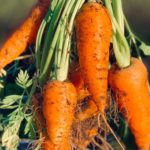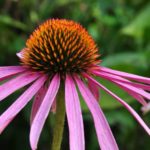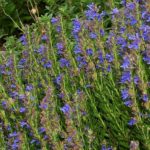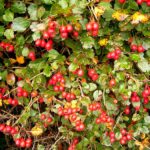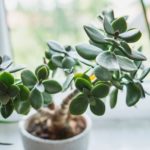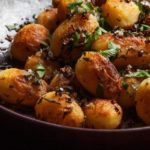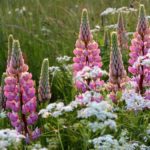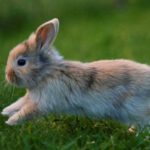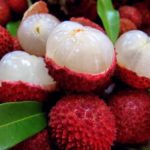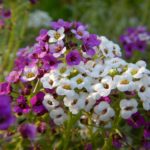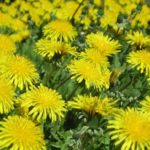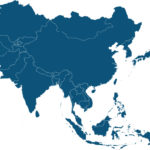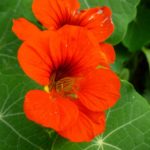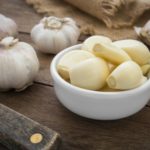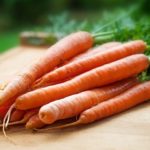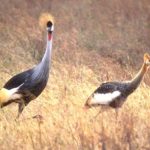Ginseng
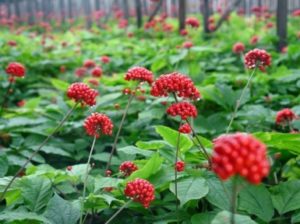 Ginseng is a perennial herb, medicinal plant. In alternative medicine, the beneficial properties of the root of the plant began to be used first in China, and then in nearby countries. People who consumed ginseng, become vigorous, healthy, live to old age. Once the ginseng root was given by ambassadors, who arrived on a diplomatic mission on an equal basis with gold and precious stones.
Ginseng is a perennial herb, medicinal plant. In alternative medicine, the beneficial properties of the root of the plant began to be used first in China, and then in nearby countries. People who consumed ginseng, become vigorous, healthy, live to old age. Once the ginseng root was given by ambassadors, who arrived on a diplomatic mission on an equal basis with gold and precious stones.
The Chinese call ginseng – pantsui, but the people most often call it – The Root of Life. It grows in North America and Asia. Pharmacists praise ginseng root for general tonic drugs and offer it as an adaptogen. Asian countries add plant in cooking. In cooking, the leaves of the plant are more valuable than the root itself. Saying that then the dishes prolong youth and life. In China, the Russian Primorye, Korea, in addition to the roots, use seeds, leaves, flowers and plant stems.
The length of the root reaches 25 centimeters with a thickness of 0.7-2.5 centimeters. Large, with 2 or 5 branches of rod, branching or spindle-shaped cylindrical thickened roots are very expensive. In the upper part after the cylindrical thickening, the narrowing of the rhizome is called the neck. Next comes the root itself, which may have ramifications. The head with the neck gives the root feature a resemblance to a human figure. Therefore, before it was believed that ginseng due to the similarity with the human figure can heal all diseases.
The color on the fresh broken root should be white. And on the cut is yellowish white. Small pale green flowers resembling asterisks gather in an umbrella. The leaves are long petiol-complex with height from 0 to 70 centimeters. The fruit is in the form of a bright red drupe with 2 flat seeds. The root is rich in biologically active polyacetylenes, xatriols, vitamins, saponins, macronutrients, peptides, microelements, polysaccharides. At different times, the content at the root of all these elements is different.
Doctors are surprised that in China there are almost no cancer patients. This achievement physicians directly associated with the beneficial properties of ginseng. It turns out that if you use ginseng leaves with food, the body can almost completely restore all its functions. The beneficial properties of ginseng in China, especially effectively, are used in the treatment of neurosis, neurasthenia, hypotension, diabetes, anemia, stress, impaired vision, physical and mental stress and many other diseases.
In many countries, ginseng is listed in the Red Book. Because of its popularity, it is constantly predatoryly exterminated. Therefore, Korea became the first country to grow ginseng in large numbers on specially designated plantations. Now artificially cultivated planting of this plant can be found in China, USA, Russia, Japan, Vietnam, South and North Korea. In China, grows to 15 varieties of plants.
However, the main global manufacturers consider South Korea. Then called Australia and the United States. Our plant can be found under the names of the gift of the gods, ginseng ordinary, the root of life, Panax, Stosil. The first mention of it can be found in 1675. In Russia, ginseng grows in the Khabarovsk Territory and in Primorye. It is harvested by the locals, sometimes in large quantities.
Ginseng grows in shaded areas. Does not tolerate direct sunlight and water flooding. Therefore, it is not always possible to create the necessary natural conditions. Therefore, special landing cover shelters from the sun. Plant seeds do not always germinate. For sprouting plants also need a long time with suitable conditions. Only 2 years later the seeds sprout. People have learned to reduce the period of plant emergence, but this affects the quality of the root itself. The growing root of the earth itself takes many minerals and depletes the soil itself. Therefore, it is necessary to choose another place for replanting. At this place the plant can be planted only after 10 years. To get a root that can be used it is necessary to wait from 4 to 7 years. Although the best in quality and weight is considered to be the root, which turned six years old.
The collected roots are thoroughly washed with brushes, selected by size, weight, similar to the human figure, quality – the absence or presence of holes, gaps. There are four types of plants: good, terrestrial, sliced, heavenly. Then steamed, dried and so get red ginseng.
From the roots can cook broths, extracts, honey and ginseng jelly, tea, candy and other products. You can buy ready-made tincture, tea, capsules, powder, ginseng paste, tablets. Even from the roots of producing soft drinks. Sour yogurt, grape juice, and tea are added to ginseng. If you are in China, be sure to bring for yourself Ginseng Oolong tea. This tea is enough for you for a long time. After all, you can brew this drink up to 8 times.

